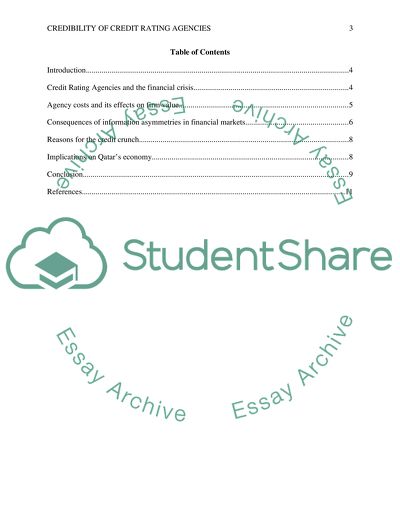Cite this document
(“Did Credit Rating Agencies do good work Research Paper”, n.d.)
Did Credit Rating Agencies do good work Research Paper. Retrieved from https://studentshare.org/finance-accounting/1497980-did-credit-rating-agencies-do-good-work
Did Credit Rating Agencies do good work Research Paper. Retrieved from https://studentshare.org/finance-accounting/1497980-did-credit-rating-agencies-do-good-work
(Did Credit Rating Agencies Do Good Work Research Paper)
Did Credit Rating Agencies Do Good Work Research Paper. https://studentshare.org/finance-accounting/1497980-did-credit-rating-agencies-do-good-work.
Did Credit Rating Agencies Do Good Work Research Paper. https://studentshare.org/finance-accounting/1497980-did-credit-rating-agencies-do-good-work.
“Did Credit Rating Agencies Do Good Work Research Paper”, n.d. https://studentshare.org/finance-accounting/1497980-did-credit-rating-agencies-do-good-work.


